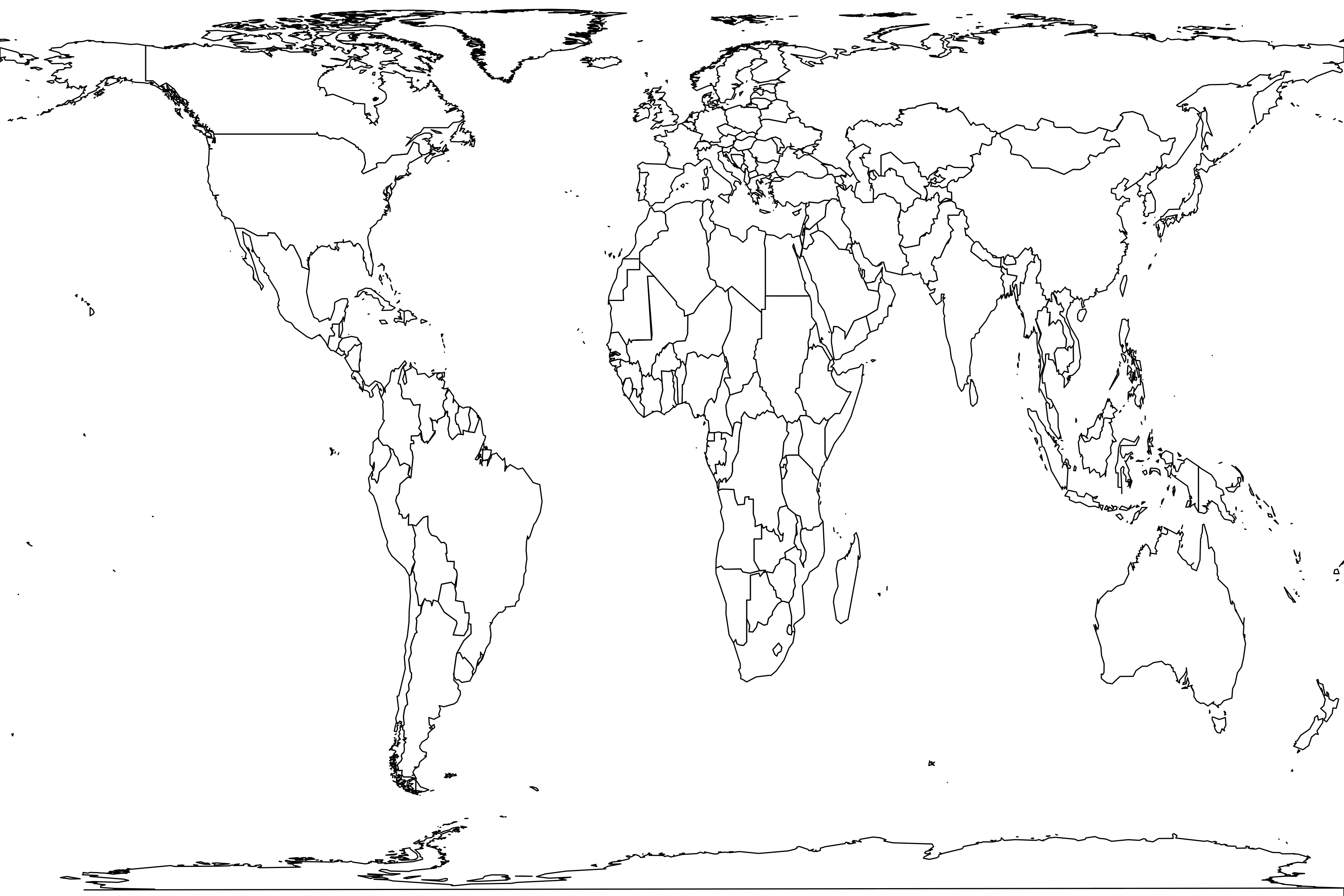Mass: 19.3 g based on Djawdan and Garland Jr 1988
Abundance: 0.01 to 31.58% (median 9.80%)
Latitudinal range: 32.8° to 39.5°Habitats: (1), Mediterranean woodland (1), temperate coniferous forest (2), temperate savanna (1)
Found in 5 samples
United States: Fort Bayard Allotment (untreated woodland), Hopland Research and Extension Center (chaparral), Hopland Research and Extension Center (woodland-grass), Crystal Ball Cave (Late Pleistocene), Drivers Flat (rodents)
| body mass | 19.3 g | N = 2 | Djawdan and Garland Jr 1988 |
| ear length | 25.2 mm | N = 23 | Schmidly 1973 |
| ear length | 21.9 mm | N = 22 | Schmidly 1973 |
| head and body length | 95.5 mm | N = 22 | Schmidly 1973 |
| head and body length | 95.1 mm | N = 22 | Schmidly 1973 |
| hind foot length | 21.8 mm | N = 22 | Schmidly 1973 |
| hind foot length | 23.2 mm | N = 22 | Schmidly 1973 |
| skull length | 28.0 mm | N = 25 | Schmidly 1973 |
| skull length | 27.6 mm | N = 22 | Schmidly 1973 |
| skull width | 13.7 mm | N = 25 | Schmidly 1973 |
| skull width | 13.6 mm | N = 23 | Schmidly 1973 |
| tail length | 88.0 mm | N = 22 | Schmidly 1973 |
| tail length | 102.7 mm | N = 19 | Schmidly 1973 |
| total body length | 183.6 mm | N = 22 | Schmidly 1973 |
| total body length | 197.3 mm | N = 19 | Schmidly 1973 |
| upper tooth row length | 4.0 mm | N = 25 | Schmidly 1973 |
| upper tooth row length | 4.0 mm | N = 23 | Schmidly 1973 |
See also Peromyscus, Peromyscus aztecus, Peromyscus beatae, Peromyscus boylii, Peromyscus crinitus, Peromyscus difficilis, Peromyscus eremicus, Peromyscus gossypinus, Peromyscus grandis, Peromyscus gratus, Peromyscus guatemalensis, Peromyscus leucopus, Peromyscus levipes, Peromyscus maniculatus, Peromyscus melanophrys, Peromyscus melanotis, Peromyscus mexicanus, Peromyscus pectoralis, Peromyscus perfulvus, Peromyscus polionotus, Peromyscus progressus, Peromyscus sarmocophinus, Peromyscus sp., Peromyscus spp., Peromyscus yucatanicus


